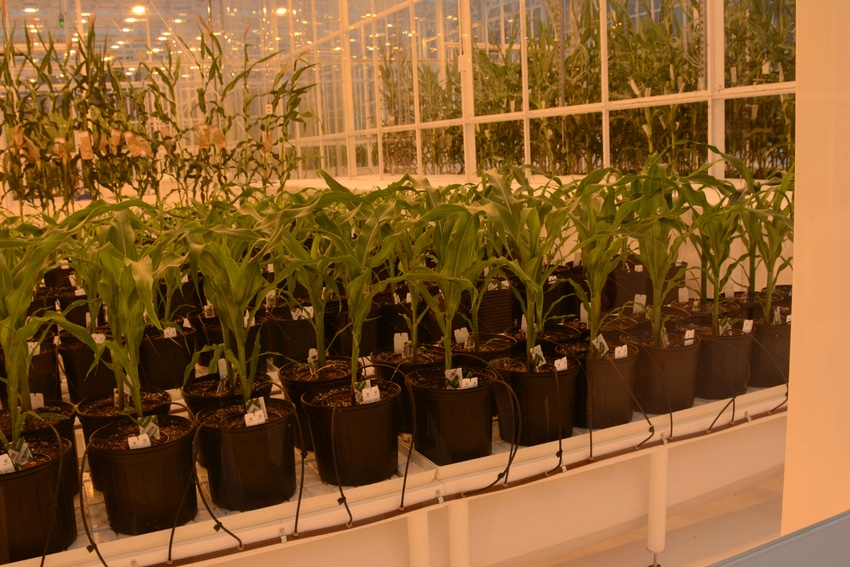
Those who fear genetically modified organisms (GMOs), genome editing and all the other technology available today to improve crop output should heed the words President Franklin Delano Roosevelt delivered in his first inaugural address: “The only thing we have to fear is fear itself.”
Roosevelt delivered those words on March 4, 1933 during the depth of the Great Depression. It was a time of great fear in America. Today, the world is seeing prosperity never known before. Thanks in part to this great prosperity, science is making greater advances in technology to increase food production. But also due to this prosperity, where few worry about hunger due to ample grocery shelves and abundant food supplies, many consumers fear agricultural technology. Their fear is unfounded.
Study after study shows that GMOs and genome editing are safe, but that is not enough to assuage the fears of those who question the technology. Most fear the technology because they don’t understand it.
We are all familiar with the oft quoted forecast from the United Nations that the world’s population is expected to reach 9.7 billion people by 2050. The U.N. Food and Agriculture Organization says food production will need to increase by 70 percent to meet the demand. These facts alone merit the need to use every tool possible to increase global food production.
Another technology that is garnering interest is indoor farming, or controlled environment agriculture. The North Carolina Biotechnology Center hosted a forum recently on how advances in LED (Light Emitting Diode) technology has dramatically increased the use of indoor production systems to produce crops. The center notes that companies are raising hundreds of millions of dollars from venture capital to deploy simple “crop-in-a-box” systems all the way to large-scale plant factories.
Yet, there are those who fear this technology as well. Some say indoor farming is unnatural, while others fear indoor farming will replace conventional farming. Both fears are unfounded. Indoor farming will never be large enough to replace conventional agriculture. But one thing is certain, the technology is one more practice needed to produce more food.
In many ways, all of these new advances to increase food production are miraculous. And due to the ingenuity of agricultural scientists across the globe, there are even more miracles to come. We cannot allow fear to impede their progress. The only thing we have to fear is fear itself.
About the Author(s)
You May Also Like






